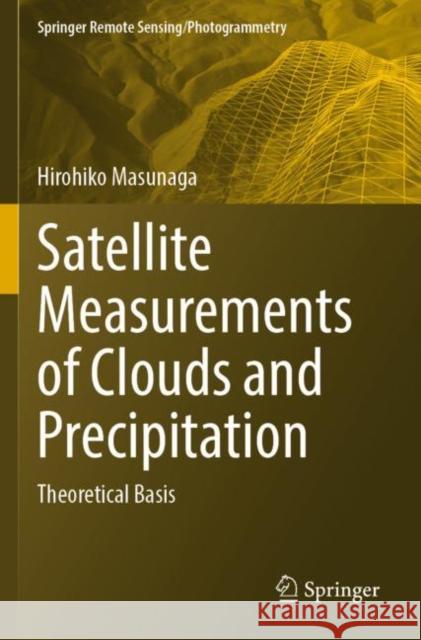Satellite Measurements of Clouds and Precipitation: Theoretical Basis » książka
topmenu
Satellite Measurements of Clouds and Precipitation: Theoretical Basis
ISBN-13: 9789811922459 / Angielski
Satellite Measurements of Clouds and Precipitation: Theoretical Basis
ISBN-13: 9789811922459 / Angielski
cena 564,88 zł
(netto: 537,98 VAT: 5%)
Najniższa cena z 30 dni: 539,74 zł
(netto: 537,98 VAT: 5%)
Najniższa cena z 30 dni: 539,74 zł
Termin realizacji zamówienia:
ok. 22 dni roboczych
Bez gwarancji dostawy przed świętami
ok. 22 dni roboczych
Bez gwarancji dostawy przed świętami
Darmowa dostawa!
Kategorie:
Kategorie BISAC:
Wydawca:
Springer
Seria wydawnicza:
Język:
Angielski
ISBN-13:
9789811922459











